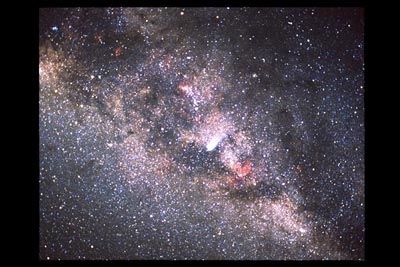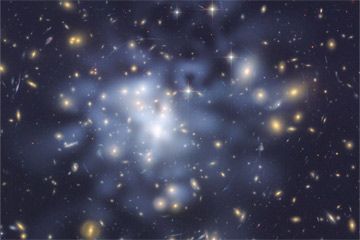NASA's Wilkinson Microwave Anisotropy Probe (WMAP) provided a true watershed moment in humanity's quest to understand the cosmos when it calculated the age of the universe and plotted the curvature of space. It also mapped the cosmic microwave background radiation and, in a shocking turn of events, revealed that atoms make up only 4.6 percent of the universe.
The rest of the universe is far from empty, however. Dark matter accounts for 23.3 percent of the cosmos, and dark energy fills in 72.1 percent [source: NASA]. Together, these materials make up a whopping 95.4 percent of the universe, so it's no wonder we're still trying to figure out exactly what dark energy is.
Advertisement


